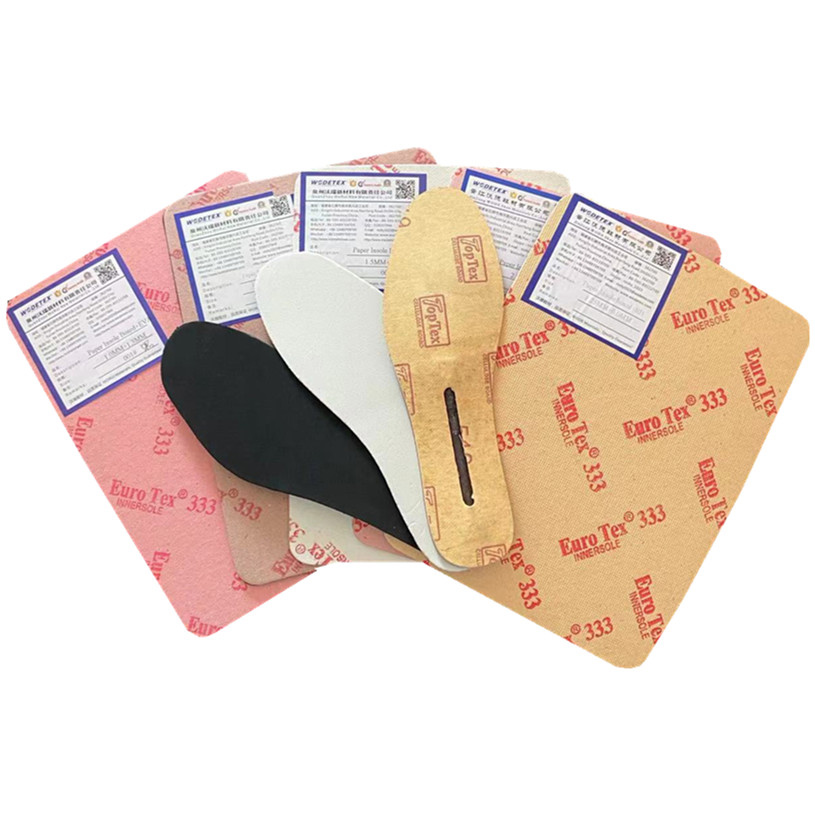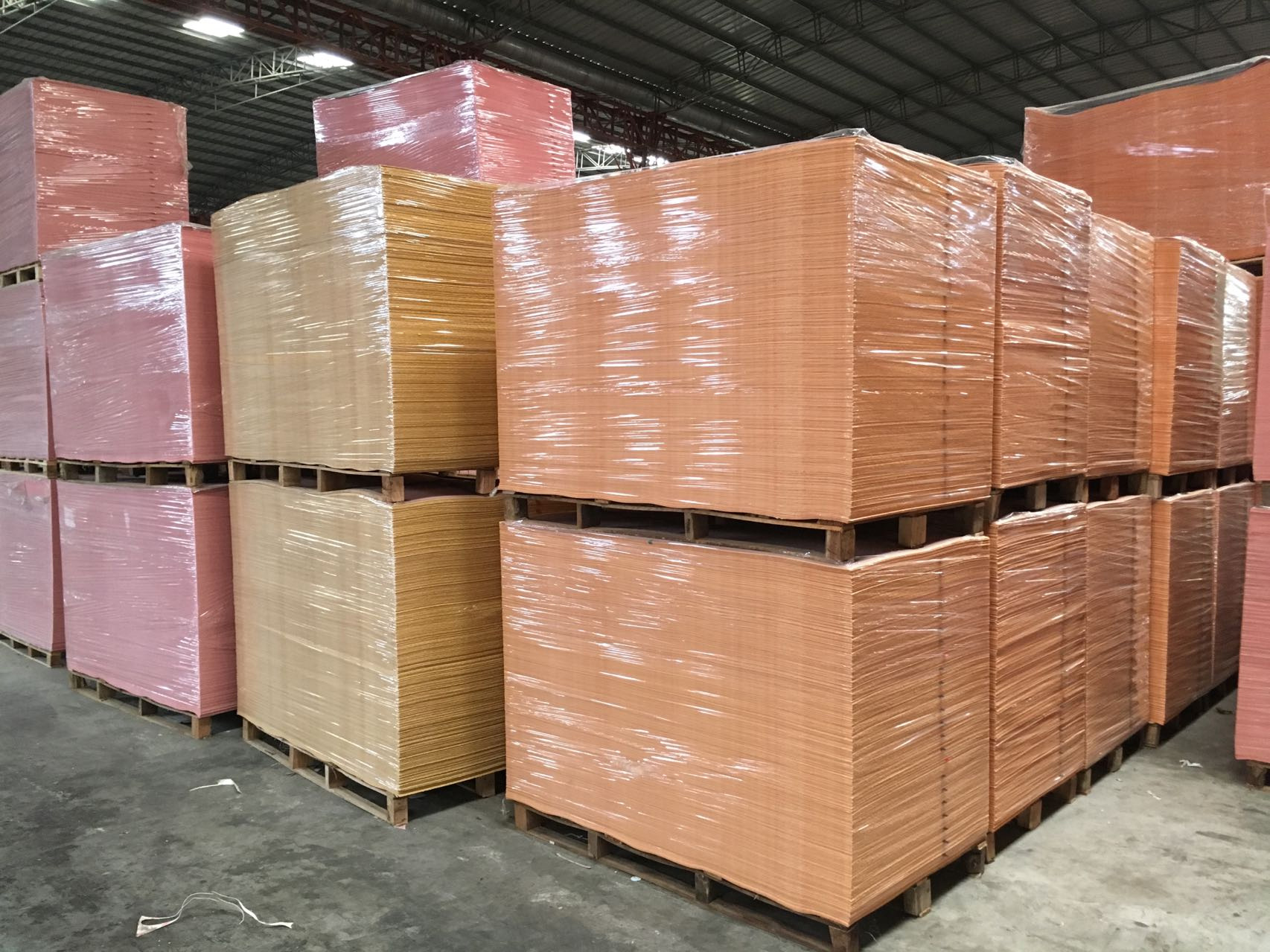When it comes to footwear, most people focus on the outer design or sole durability—but the unsung hero of comfort lies beneath your feet: the insole. From athletic performance to everyday wear, the materials used in insoles directly impact support, breathability, and longevity. This 2,100-word guide dives deep into two key materials—shoe cardboard and ethylene-vinyl acetate (EVA)—exploring their unique properties, applications, and how to choose the right option for your needs.

1. Shoe Cardboard: The Traditional Workhorse
Shoe cardboard, a compressed fiberboard made from recycled paper or cellulose, has been a staple in footwear manufacturing for decades. While often overshadowed by modern synthetics, it remains a cost-effective and eco-friendly choice for specific applications.
Key Characteristics
Eco-Credentials: Made from 70-100% recycled materials, biodegradable, and low-carbon to produce.
Breathability: Natural fibers allow air circulation, reducing moisture buildup.
Custom Moldability: Easily shaped during production to fit specific shoe lasts.
Ideal Uses:
Dress Shoes: Thin, rigid cardboard insoles provide structure for leather loafers or oxfords.
Budget-Friendly Footwear: Used in disposable slippers or seasonal sandals.
Temporary Insoles: Replaceable inserts for orthopedic adjustments during break-in periods.
.jpg)
Limitations:
Poor water resistance (warps when wet).
Loses shape under prolonged pressure.
Limited cushioning compared to foams.
2. EVA Foam: The Modern Comfort Standard
Ethylene-vinyl acetate (EVA), a lightweight and flexible foam, revolutionized the footwear industry with its shock absorption and versatility. From running shoes to orthopedic inserts, it’s a go-to for performance and comfort.
Why EVA Dominates the Market
●Energy Return: Compresses under pressure and bounces back, reducing joint fatigue.
●Water Resistance: Closed-cell structure repels sweat and rain.
●Custom Density: Manufacturers adjust foam density (softness/firmness) for targeted support.
Grades of EVA:
1.Low-Density (20-30 kg/m³): Ultra-soft for sandals or casual sneakers.
2.Medium-Density (40-60 kg/m³): Balances cushioning and stability in running shoes.
3.High-Density (70-100 kg/m³): Used in arch supports or heavy-duty work boots.
Innovations:
●Phylon EVA: Heat-molded for precise contours (common in Nike and Adidas).
●Anti-Microbial Infusions: Silver ions or coconut charcoal additives combat odor.
●Hybrid Layering: Combined with gel or cork for multi-zone support.
3. Head-to-Head Comparison: Cardboard vs. EVA
| Factor | Shoe Cardboard | EVA Foam |
| Durability | 3-6 months (light use) | 1-3 years (daily wear) |
| Cost | 0.10−0.10−0.50 per pair | 1.50−1.50−8.00 per pair |
| Environmental Impact | Biodegradable, low energy | Recyclable but requires petroleum |
| Weight | 20-40g per insole | 15-30g per insole |
| Best For | Structured support, dry climates | Cushioning, active lifestyles |
Case Study:
A 2023 study by Footwear Science Journal tested both materials in hiking boots:
EVA insoles reduced plantar pressure by 22% vs. cardboard.
Cardboard retained 30% less moisture after 8 hours of wear.
.jpg)
4. Manufacturing Insights: How They’re Made
Shoe Cardboard Production
1.Pulping: Recycled paper/cardboard is mixed with water to create slurry.
2.Pressing: Hydraulic presses form sheets at 200°F (93°C).
3.Die-Cutting: Laser-cut into shoe-specific shapes.
4.Sustainability Win: Brands like Allbirds use FSC-certified cardboard insoles in wool runners.
EVA Foam Production
1.Pellets to Slab: EVA pellets are heated, expanded, and cooled into foam slabs.
2.Compression Molding: Slabs are pressed into molds under high heat.
3.Post-Processing: Trimmed, coated (e.g., antimicrobial sprays), and tested for rebound.
Did You Know? EVA’s cushioning efficiency drops by 15% after 500 miles of running—replace insoles periodically!
5. Beyond Basics: Niche Applications & Innovations
Cardboard’s Comeback
●Eco-Luxury Brands: Stella McCartney’s sneakers feature vegetable-dyed cardboard insoles.
●3D-Printed Layers: Laser-cut cardboard stacked for adjustable arch heights.
EVA’s Tech Edge
●Pressure Mapping: Smart insoles (e.g., Sensoria) embed sensors in EVA to analyze gait.
●Phase-Change Materials: EVA blended with wax microcapsules regulates temperature.
6. Choosing the Right Insole: A Buyer’s Checklist
1.Activity Level: Cardboard for occasional wear; EVA for sports/long walks.
2.Foot Type: Flat feet? Prioritize EVA with arch support. High arches? Rigid cardboard may suffice.
3.Climate: Humid environments demand EVA’s moisture resistance.
4.Sustainability Goals: Opt for recycled cardboard or plant-based EVA alternatives.
7. Maintenance Tips to Extend Insole Life
●Cardboard:
▷Air-dry immediately if damp.
▷Replace every 4-6 months.
●EVA:
▷Hand-wash with mild soap; avoid direct sunlight.
▷Rotate between two pairs to allow decompression.
The Future of Insole Materials
●Mycelium Cardboard: Mushroom-based fibers offering water resistance (experimental phase).
●Bio-EVA: Derived from sugarcane ethanol (used by Salomon in 2024 trail runners).
●Self-Healing Foams: Microcapsules repair minor cracks in EVA over time.

Post time: May-21-2025
